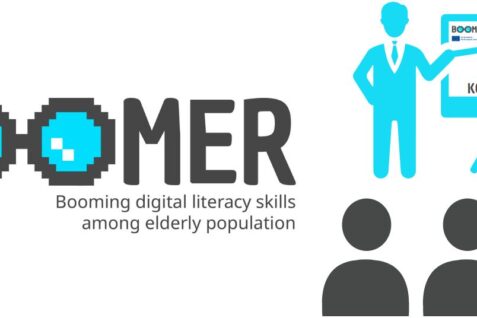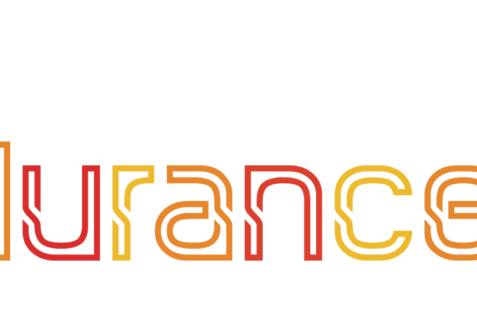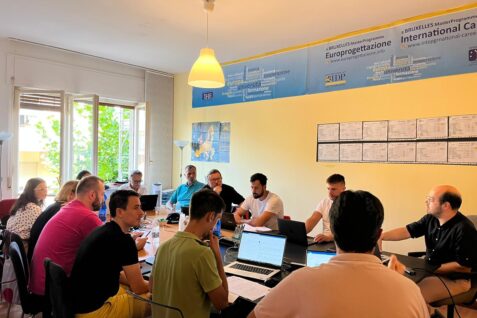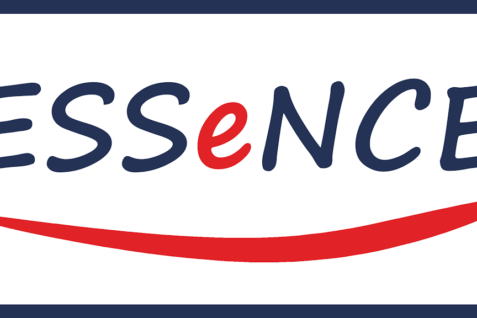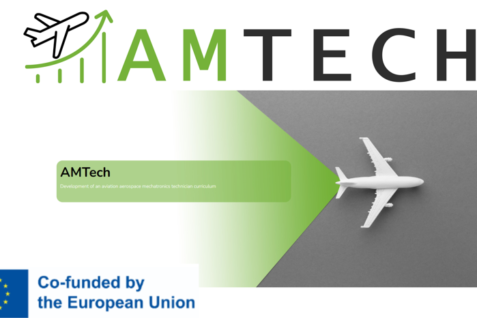AMTech, the pioneering international project aimed at reshaping vocational education in aviation, proudly announces the publication of a comprehensive transnational need analysis focusing on skills and competences crucial for success in the drone sector. This analysis, a significant milestone for the AMTech initiative, sheds light on the specific requirements necessary for individuals to compete, operate, and secure employment in the rapidly evolving drone industry.
The need analysis delves into the current gaps in existing professions related to aviation, such as aircraft mechanics and flight equipment engineers, highlighting the critical need for mechatronics and informatics skills. Especially impacting SMEs within the aviation industry, including drone manufacturers, the analysis provides valuable insights into the challenges faced by these enterprises in finding employees with the right skill set and competences.
AMTech’s commitment to bridging the skills gap in the drone sector is evident in this detailed transnational need analysis, offering a strategic roadmap for aligning vocational education and training with the dynamic demands of the labor market.
Results from the analysis have shown that the industry of unmanned aircraft (aka drones) is expected to represent a powerhouse for the employability, innovation and development of the EU aeronautics industry. Industrial application of drones benefits a wide cohort of sectors (agriculture, energy, public safety, e-commerce, mobility, etc), with significant spill-over effects for entrepreneurs operating within these markets.
Despite the great technology advancements observed in the timeframe of the past ten years, further R&D efforts are needed to enhance the value that the drone industry can generate for end users. Most of potential industrial applications are still in an early stage of experimentation, with public opinion still divided on concerns for privacy and safety.
The work of regulators is aimed at easing the social acceptance of this new phenomenon, without posing excessive burden to the innovation paths traced by the many new organisations operating in the unmanned aircraft sector.
Competitive outlooks for businesses in the drone industry are bright and very promising, but on the other hand the sector might risk of reaming devoid of professional profiles that allow for the great technological effectiveness of this new state of art technology.
The analysis carried out in this report is aimed at assessing in a concise and comprehensive format the training needs informing the design, structure and following learning outcomes of the curriculum for aerospace mechatronics technicians.
The references extrapolated from literature are somehow indicative of what this curriculum should look like at VET level, what could be the knowledge and skills detained by such professional profile, etc. but most of the effort was invested into interpreting and decoding data so as to shape an archetype that is still in the making. Data and resources collected allowed us to systemize an ideal curricula framework for drone maintenance-related operations that could fit indeed the professional profile seek by this project, and the needs of training and education providers.
To access the full report an other resources generated by AMTech’s partners, please visit: www.amtechtraining.eu







